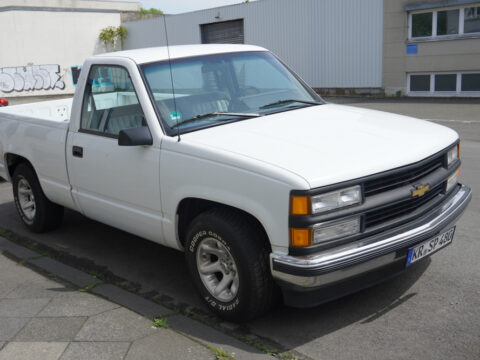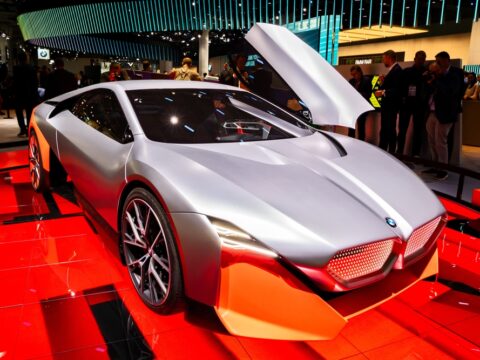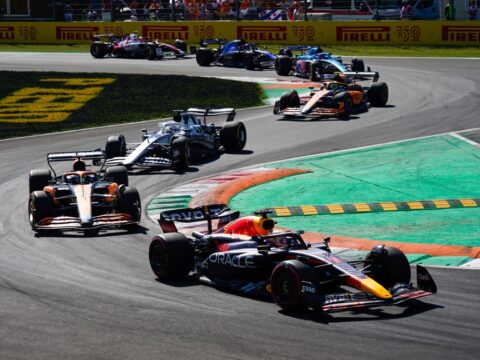Once hailed as the kings of the road, these 24 classic SUVs were once the go-to choice for adventurers and families alike. However, as times changed and newer models took the spotlight, these rugged icons slowly lost their appeal. Whether due to outdated designs, shifting trends, or advances in technology, these once-popular SUVs have faded from the forefront, making them a rare sight on today’s roads.
Contents
Ford Bronco II (1984-1990)
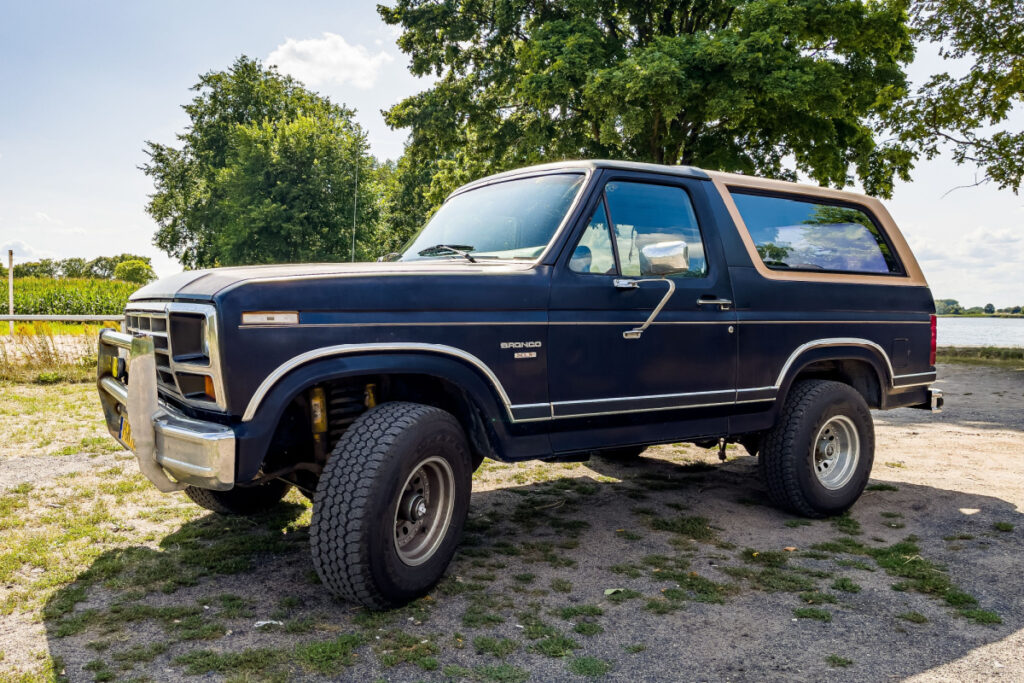
The Ford Bronco II was intended to be a smaller, more fuel-efficient sibling to the full-size Bronco, but its compact size came with significant compromises. Plagued by rollover concerns due to its high center of gravity, the Bronco II faced numerous safety recalls, which tarnished its reputation. Despite its off-road capabilities, these safety issues and the lack of modern conveniences led to its fall from grace in the SUV market.
Jeep Cherokee XJ (1984-2001)
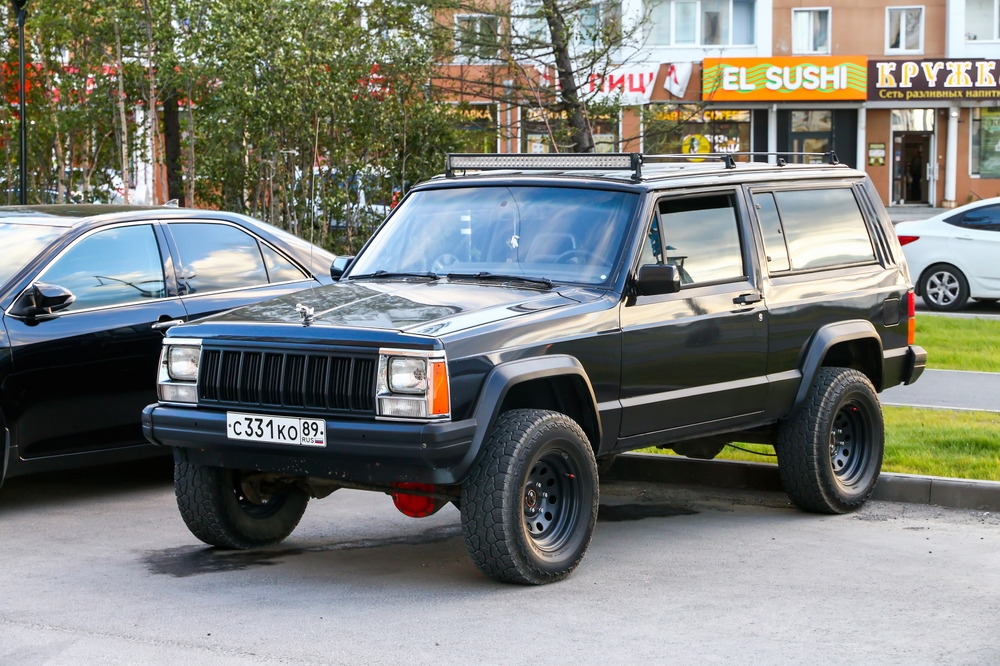
The Jeep Cherokee XJ was a trailblazer in the compact SUV segment, known for its unibody construction and legendary off-road prowess. However, as newer, more comfortable SUVs entered the market, the XJ’s utilitarian design, aging interior, and lack of modern safety features made it less desirable to the average consumer. Its off-road legacy remains, but it’s no longer the go-to choice for most SUV buyers.
Dodge Ramcharger (1974-1993)
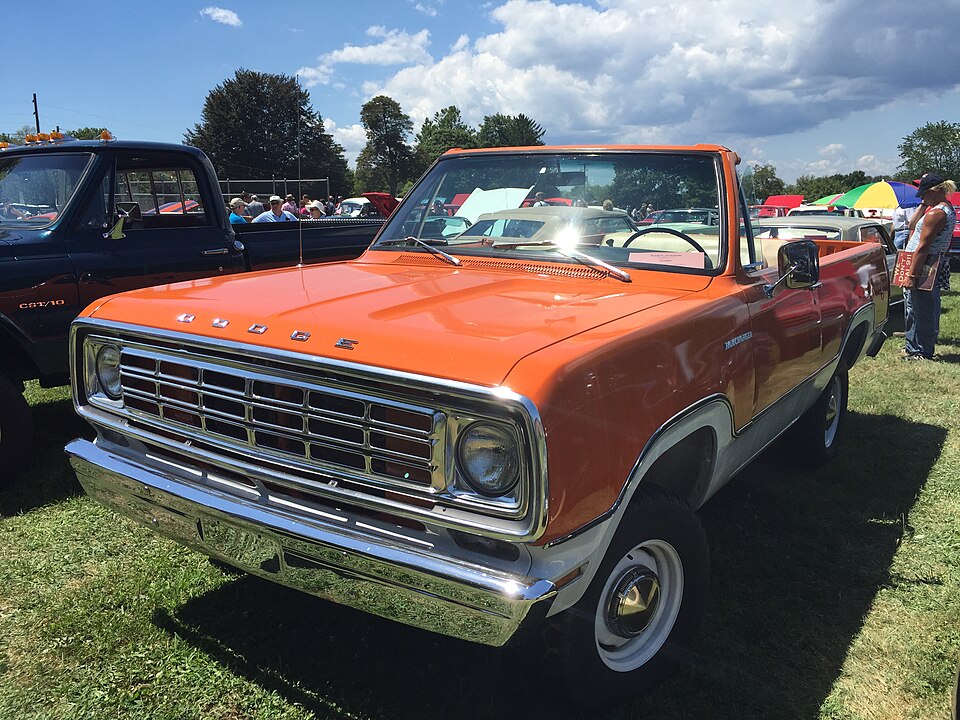
The Dodge Ramcharger was a powerful and spacious SUV, beloved for its V8 engine options and rugged durability. However, its large size and poor fuel economy became significant drawbacks as consumer preferences shifted towards more fuel-efficient and versatile vehicles. The Ramcharger’s decline was further hastened by the emergence of more refined competitors that offered better on-road comfort.
GMC Jimmy (Full-Size) (1970-1991)
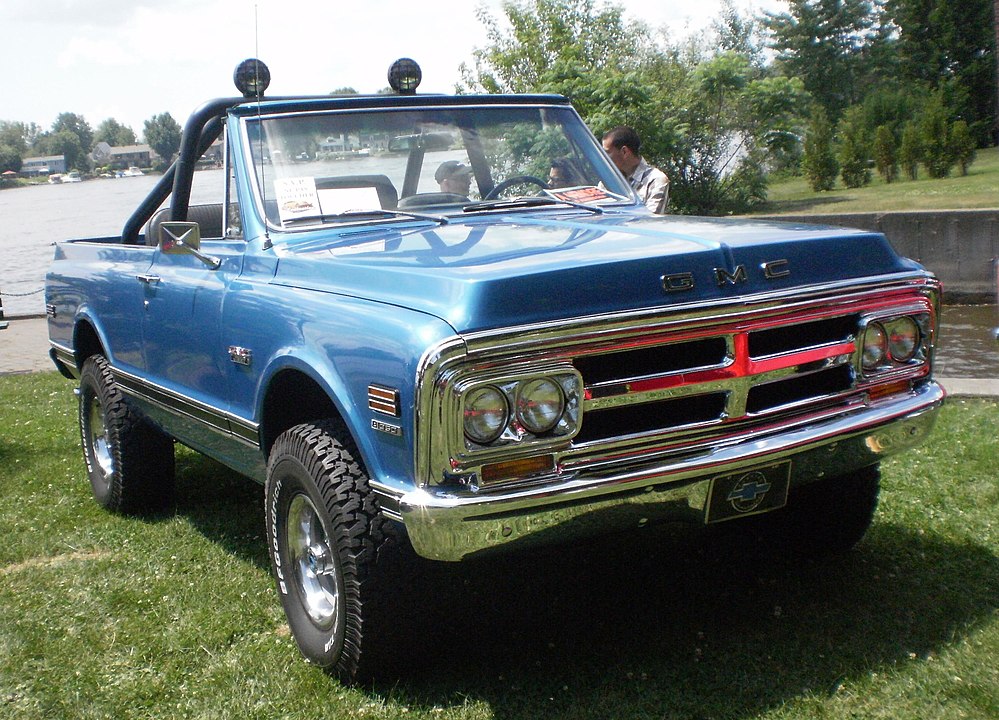
The full-size GMC Jimmy was virtually identical to the Chevrolet Blazer, offering similar ruggedness and off-road capability. However, like the Blazer, it suffered from the same issues of outdated design, poor fuel efficiency, and a lack of modern amenities. As the SUV market evolved, the Jimmy couldn’t keep up with the demand for more versatile and comfortable vehicles, leading to its fall from favor.
Isuzu Trooper (1981-2002)
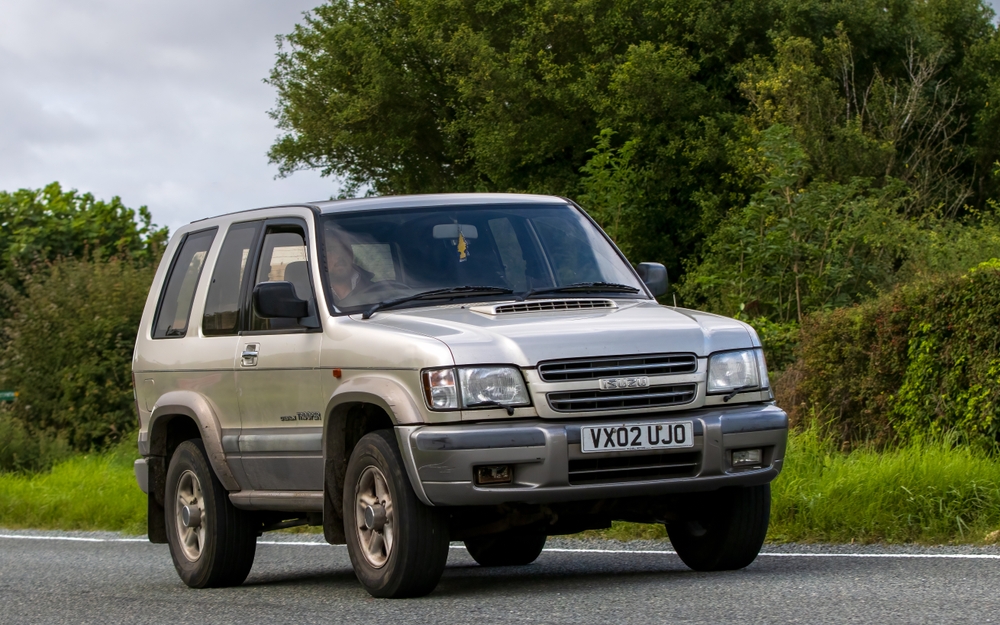
The Isuzu Trooper was once a popular choice for adventurers, thanks to its durable build and impressive off-road capabilities. However, its boxy design, lack of refinement, and reliability issues, particularly in later models, caused it to lose appeal. As more refined and reliable SUVs entered the market, the Trooper’s dated interior and mediocre performance made it a less attractive option.
Suzuki Samurai (1985-1995)

The Suzuki Samurai was a lightweight, nimble off-roader that gained a cult following for its affordability and ruggedness. However, its reputation was severely damaged by a notorious rollover controversy, where it was criticized for being dangerously prone to tipping over. This safety concern, coupled with its small size and Spartan interior, led to its decline in popularity.
Mitsubishi Montero (1982-2006)

The Mitsubishi Montero was a respected off-roader, known for its durability and capability in rough terrain. However, as the SUV market became more competitive, the Montero’s aging design, lack of modern features, and declining reliability made it less appealing. By the time it was discontinued, it had largely fallen out of favor with consumers who sought more refined and reliable options.
Toyota Land Cruiser FJ60/FJ62 (1980-1990)

The Toyota Land Cruiser FJ60 and FJ62 were iconic for their durability and off-road capability. However, their utilitarian nature, combined with a lack of modern comfort features, made them less appealing as daily drivers. As the SUV market shifted towards more luxurious and versatile vehicles, the FJ60/FJ62’s spartan design and sluggish performance led to their decline in popularity.
Nissan Pathfinder (First Generation) (1986-1995)
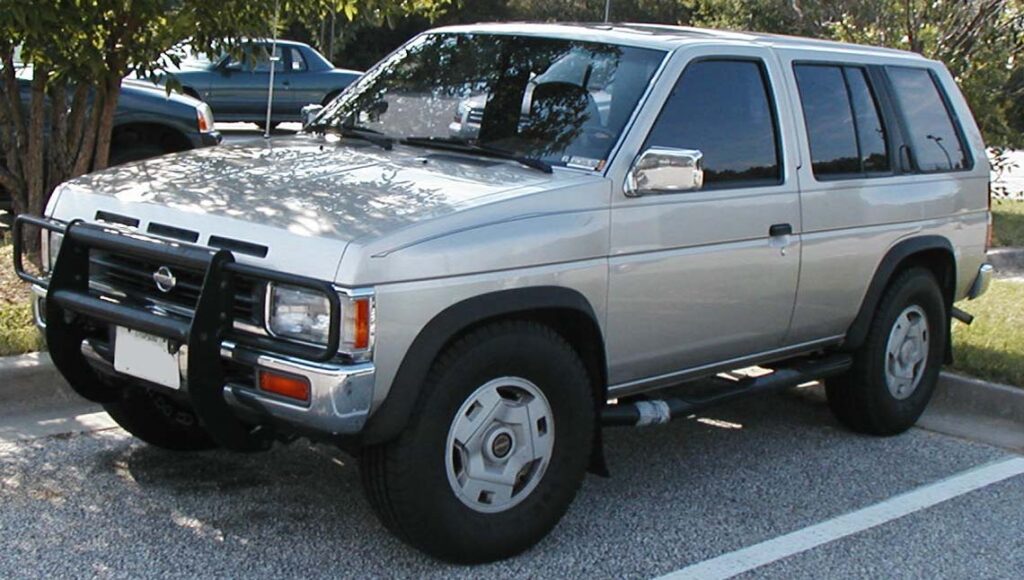
The first-generation Nissan Pathfinder was a solid SUV with strong off-road credentials, thanks to its rugged body-on-frame construction. However, its boxy design, lack of interior refinement, and limited space made it less competitive as more modern and spacious SUVs entered the market. As the Pathfinder evolved into a more car-like crossover, the original model’s appeal waned.
Ford Explorer (First Generation) (1991-1994)
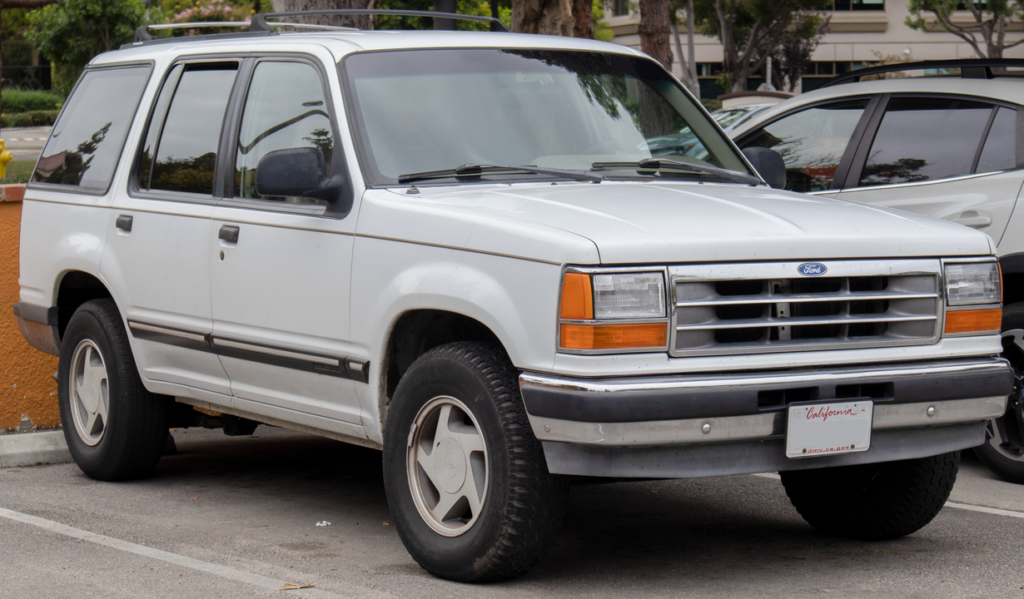
The Ford Explorer was a groundbreaking SUV that helped popularize the segment in the early 1990s. However, the first-generation model suffered from rollover concerns similar to the Bronco II, and its basic design quickly became outdated as newer models with better safety features and more comfort entered the market. Over time, the first-generation Explorer was overshadowed by more advanced competitors.
Chevrolet Suburban (Ninth Generation) (1973-1991)

The ninth-generation Chevrolet Suburban was a behemoth, offering unparalleled space and towing capacity. However, its massive size, poor fuel efficiency, and aging design made it less attractive as newer, more efficient SUVs entered the market. The Suburban’s appeal diminished as consumers began to prioritize versatility and comfort over sheer size.
Land Rover Discovery Series I (1989-1998)
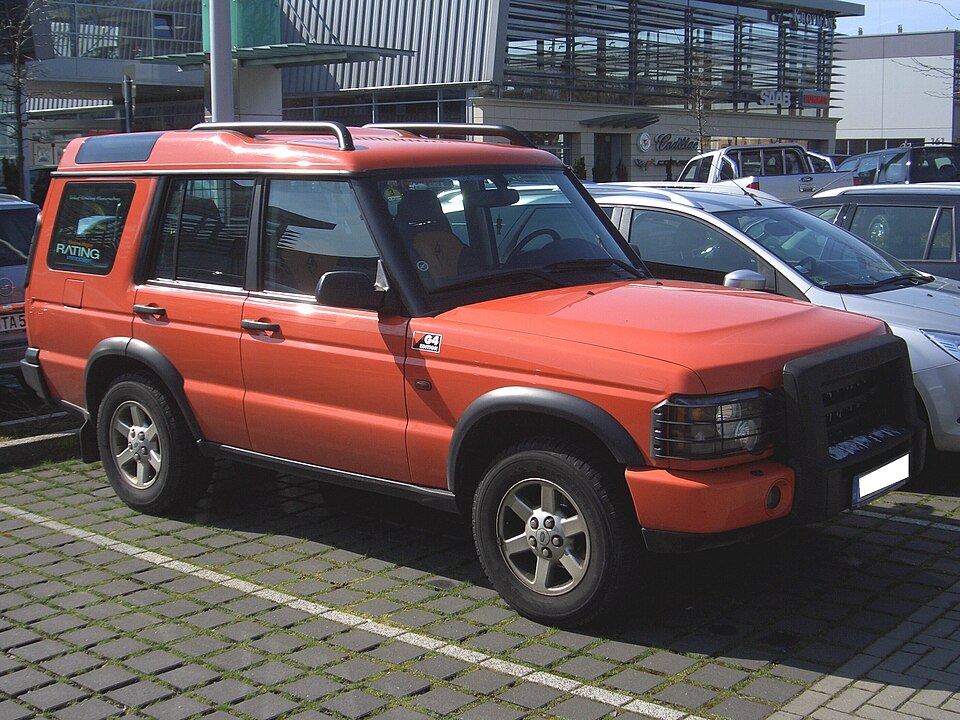
The Land Rover Discovery Series I was a capable off-roader with a distinctive design. However, its reputation was marred by reliability issues and expensive maintenance costs. As more reliable and affordable SUVs became available, the Discovery’s appeal diminished, particularly for those who valued dependability in their vehicles.
Jeep Wagoneer (SJ) (1963-1991)
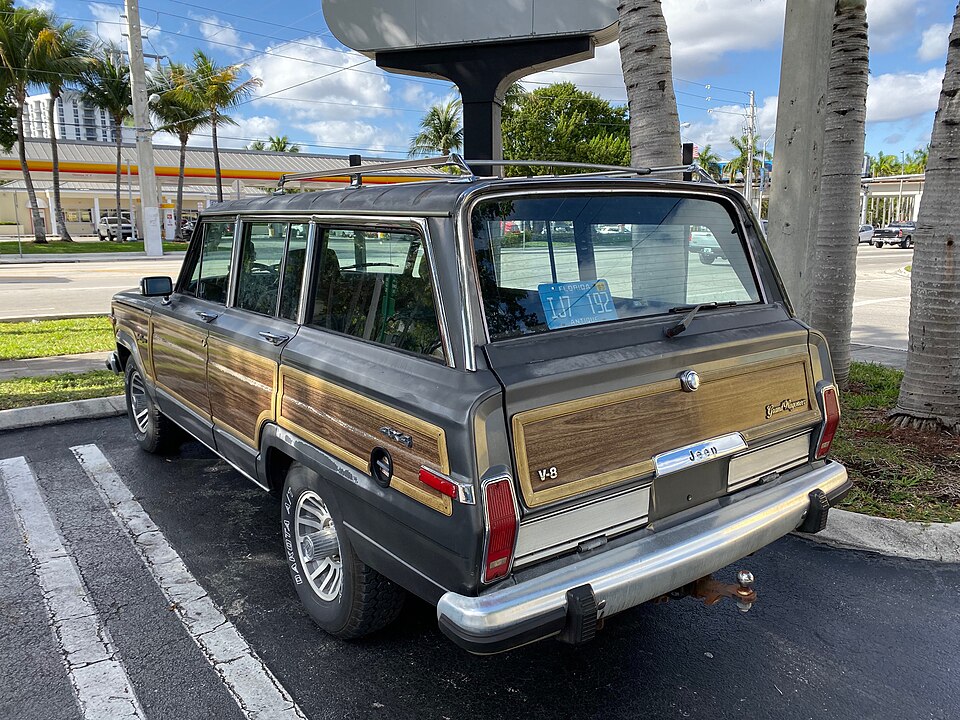
The Jeep Wagoneer was a pioneer in the luxury SUV segment, offering a combination of off-road capability and comfort. However, by the time it was discontinued, its design had become outdated, and it struggled to compete with newer, more luxurious SUVs. The Wagoneer’s wood-paneled exterior, once a symbol of sophistication, became a relic of the past as consumer preferences evolved.
International Harvester Scout II (1971-1980)
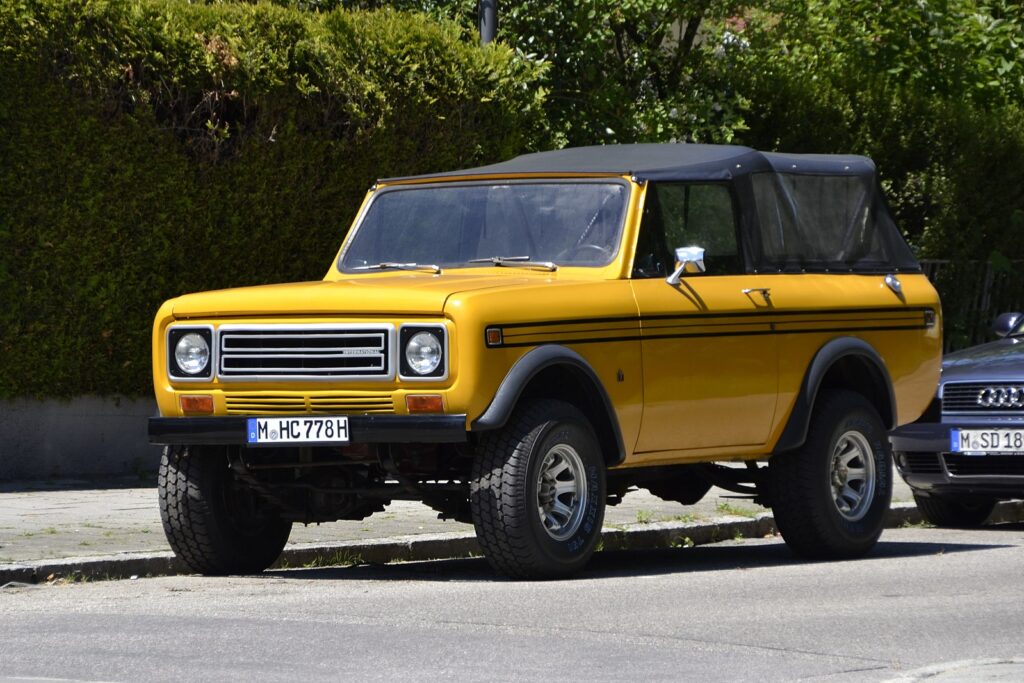
The International Harvester Scout II was a rugged and capable off-roader, but its utilitarian design and lack of refinement limited its appeal. As the SUV market began to favor vehicles that offered both off-road capability and everyday comfort, the Scout II’s spartan interior and rough ride made it less desirable, leading to its eventual decline.
Daihatsu Rocky (1987-1998)

The Daihatsu Rocky was a small, budget-friendly SUV with decent off-road capabilities. However, its cramped interior, lack of power, and minimal features made it less appealing as more refined and powerful SUVs entered the market. The Rocky’s low price point couldn’t compensate for its shortcomings, leading to its decline in popularity.
Mazda Navajo (1991-1994)
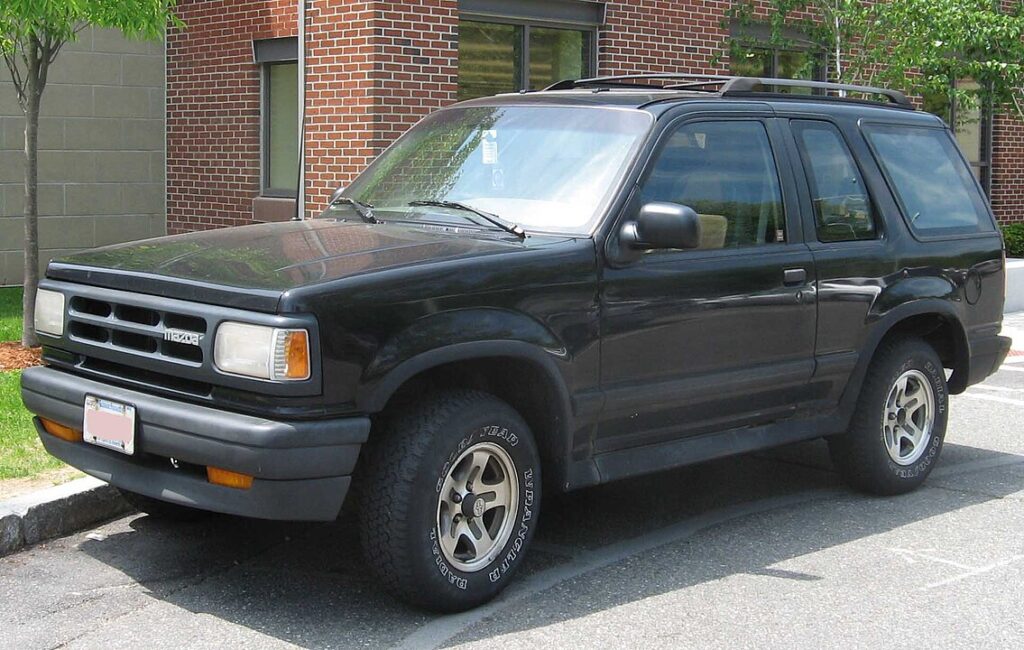
The Mazda Navajo was essentially a rebadged Ford Explorer, offering the same basic design and features. However, it failed to stand out in a crowded market and was quickly overshadowed by its Ford counterpart. The Navajo’s brief production run and lack of distinct identity contributed to its rapid decline in appeal.
Chevrolet Tracker (Geo Tracker) (1989-2004)
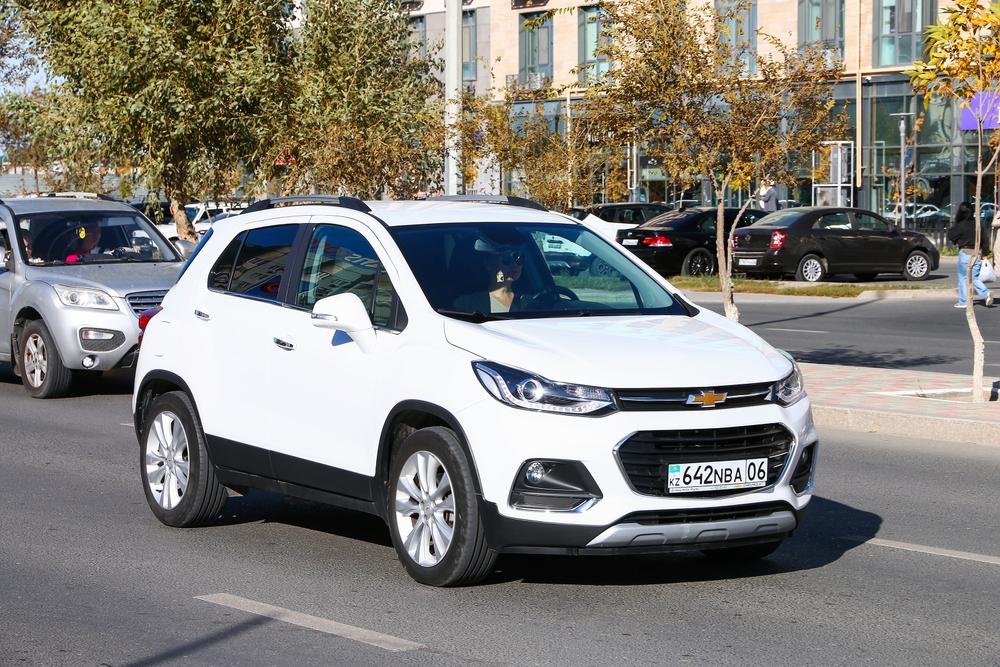
The Chevrolet Tracker, originally sold under the Geo brand, was a small, lightweight SUV that appealed to budget-conscious buyers. However, its basic design, underpowered engine, and lack of refinement made it less competitive as more sophisticated SUVs entered the market. Over time, the Tracker’s appeal waned as consumers sought more comfortable and versatile vehicles.
Oldsmobile Bravada (1991-1994)

The Oldsmobile Bravada was one of the first luxury SUVs, offering a more refined alternative to the rugged, utilitarian models of its time. However, its dated design, lack of advanced features, and the decline of the Oldsmobile brand itself led to a rapid loss of appeal. The Bravada struggled to keep up with the evolving luxury SUV market, leading to its eventual obscurity.
Pontiac Aztek (2001-2005)
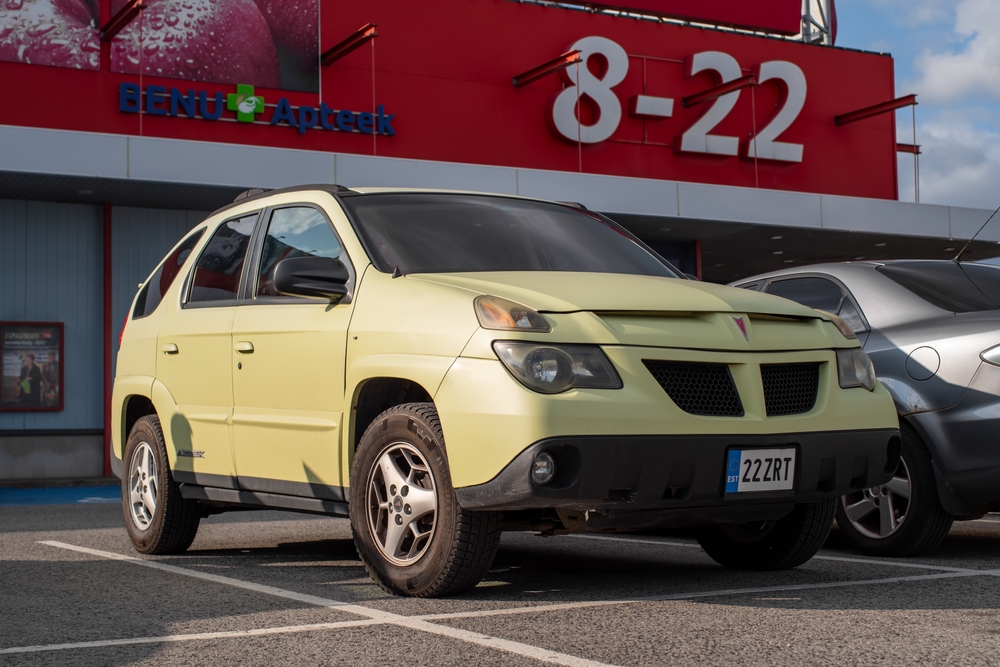
The Pontiac Aztek is often cited as one of the most polarizing SUV designs in automotive history. While it offered versatility and practicality, its unconventional appearance and poor build quality made it a commercial failure. The Aztek’s unattractive design overshadowed its innovative features, leading to its rapid decline in popularity.
Mercury Mountaineer (1997-2010)
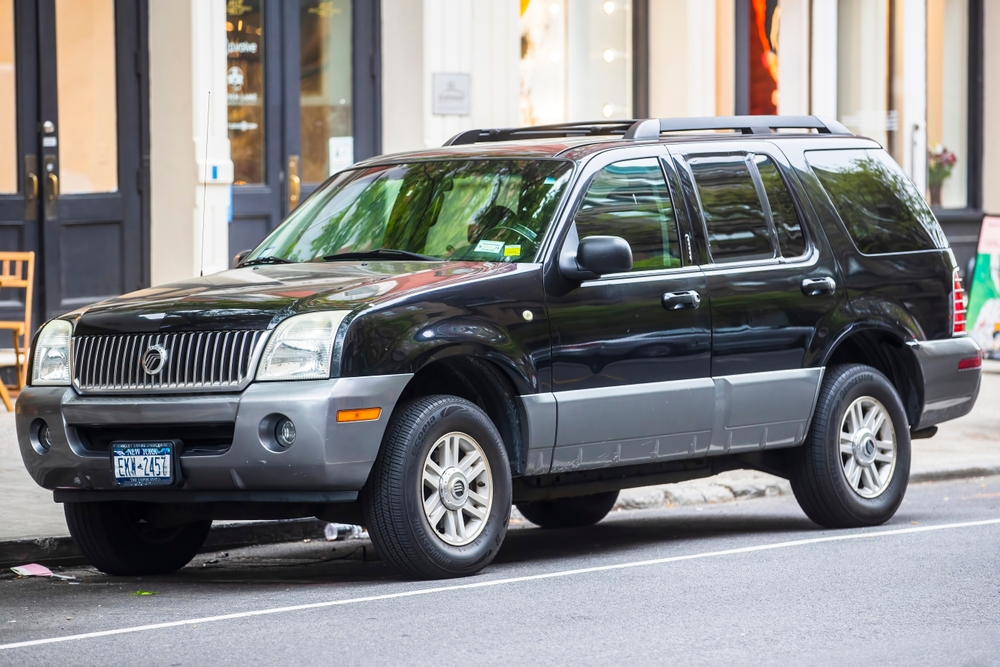
The Mercury Mountaineer was a more upscale version of the Ford Explorer, but it failed to distinguish itself from its more popular sibling. As the Mercury brand struggled to maintain relevance, the Mountaineer’s appeal faded. Its lack of unique features and the overall decline of the Mercury brand contributed to its fall from favor.
AMC Eagle (1980-1987)
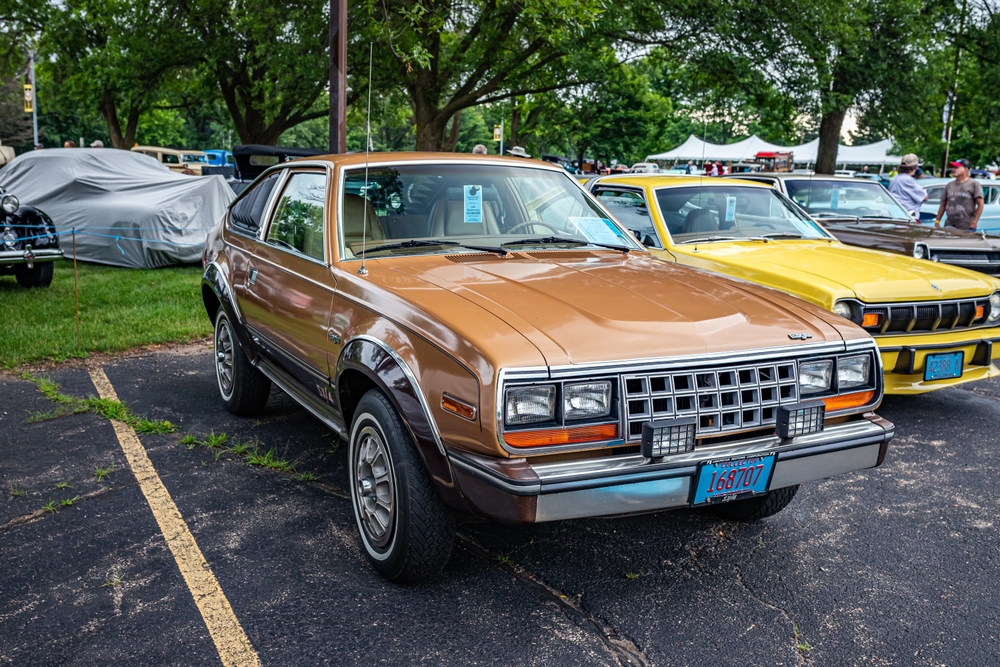
The AMC Eagle was a groundbreaking vehicle, blending the attributes of a passenger car with the off-road capabilities of an SUV. However, its quirky design, limited power, and the eventual demise of the AMC brand led to its decline. The Eagle’s innovative concept was ahead of its time, but it couldn’t compete with the more refined SUVs that followed.
Jeep Liberty (2002-2012)
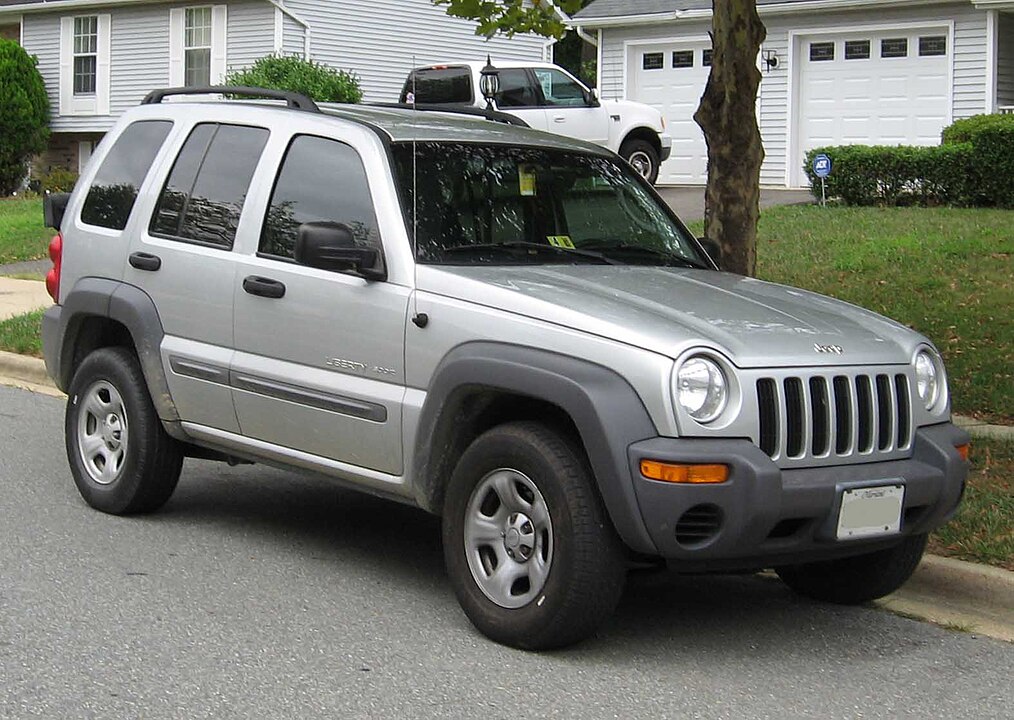
The Jeep Liberty was designed to bridge the gap between rugged off-road capability and everyday practicality. However, its cramped interior, lackluster performance, and questionable reliability made it less appealing over time. As more refined and capable SUVs entered the market, the Liberty struggled to maintain its appeal, leading to its eventual discontinuation.
Toyota 4Runner (First Generation) (1984-1989)
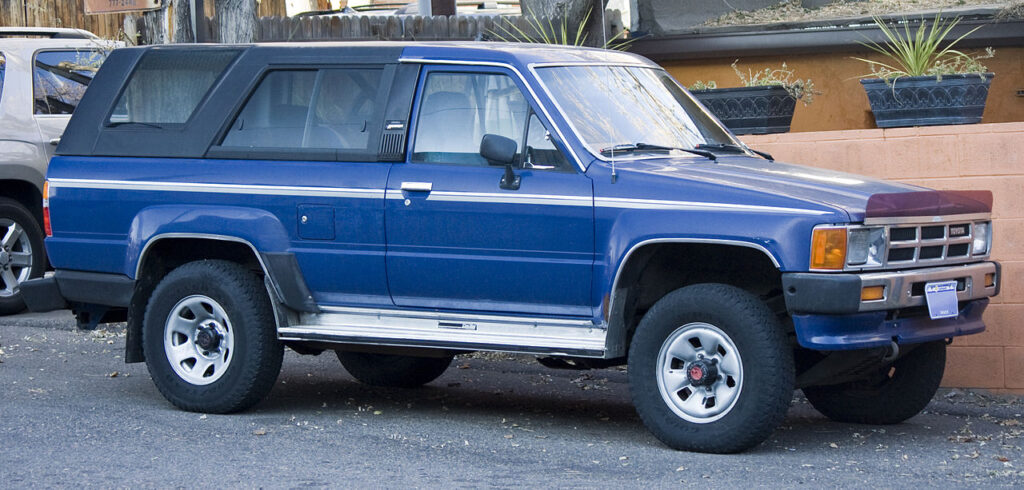
The first-generation Toyota 4Runner was a simple, rugged SUV that quickly gained a reputation for reliability. However, its bare-bones design, limited space, and lack of comfort features made it less attractive as a daily driver. As the 4Runner evolved into a more sophisticated and versatile SUV, the original model’s appeal faded, especially in the face of newer, more comfortable competitors.
Lada Niva (1977-present)
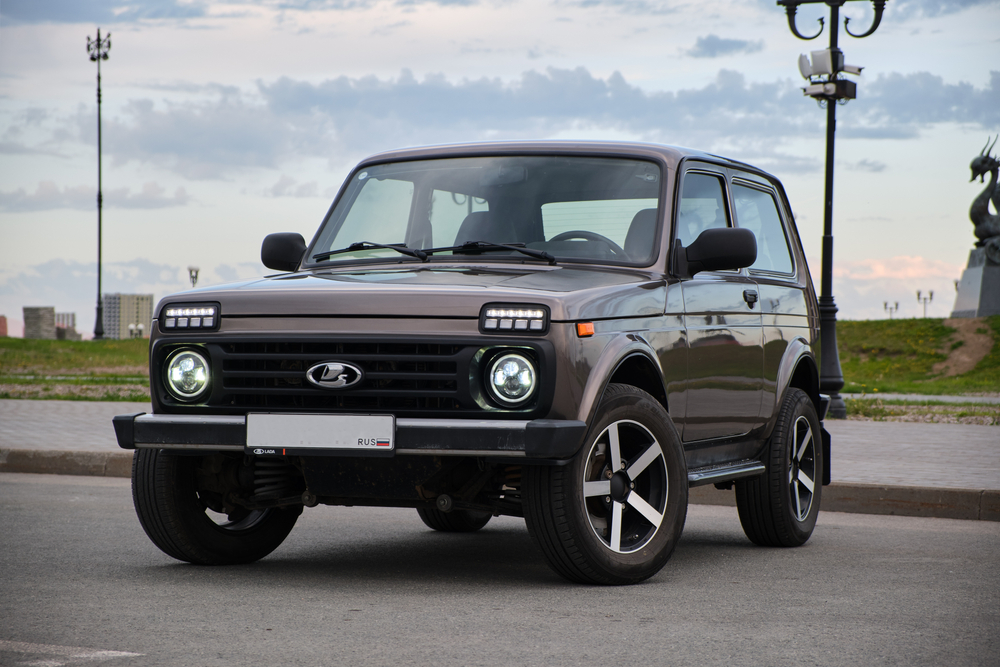
The Lada Niva is a legendary off-roader, known for its durability and simplicity. However, its outdated design, lack of comfort features, and limited availability outside of Eastern Europe have caused it to lose appeal in many markets. While still appreciated by off-road enthusiasts, the Niva’s spartan nature and limited refinement make it less desirable to the average consumer.
This article originally appeared in MyCarMakesNoise.
More from MyCarMakesNoise
20 Rare Classic Motorcycles You’ll Never Encounter
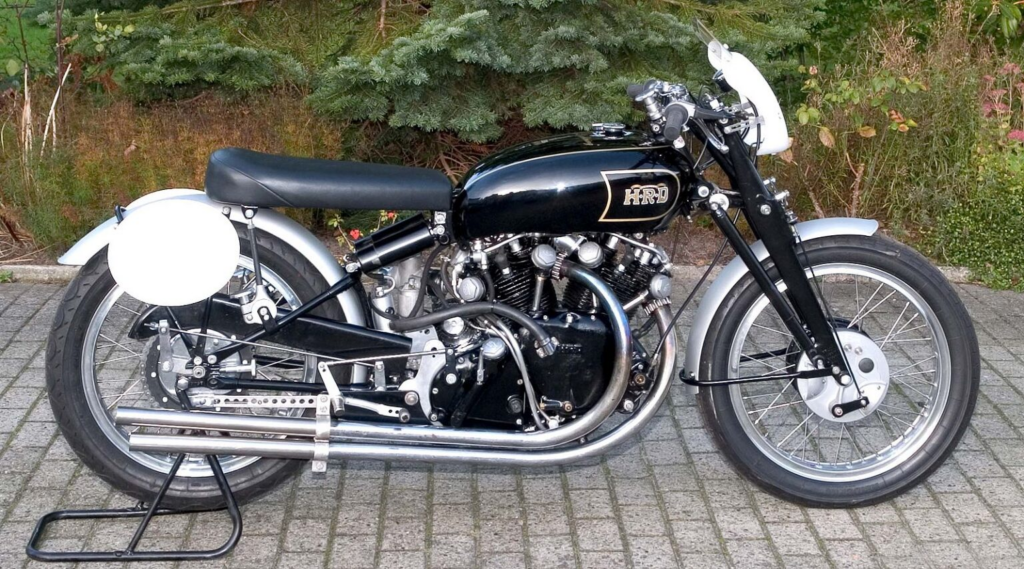
Some rare classic motorcycles are so elusive that encountering them in person is nearly impossible. These bikes often had limited production runs, making them incredibly scarce. Read More
20 Mistakes That Reduce Fuel Efficiency in Cars

Several common mistakes can significantly reduce your car’s fuel efficiency. Driving aggressively with rapid acceleration and hard braking consumes more fuel. Read More
20 High-Performance European Sedans That Outshine Sports Cars

Think sports cars are the only vehicles capable of delivering jaw-dropping speed and performance? Think again. European automakers have been crafting sedans that not only offer luxury and comfort but also pack a serious punch under the hood. Read More

